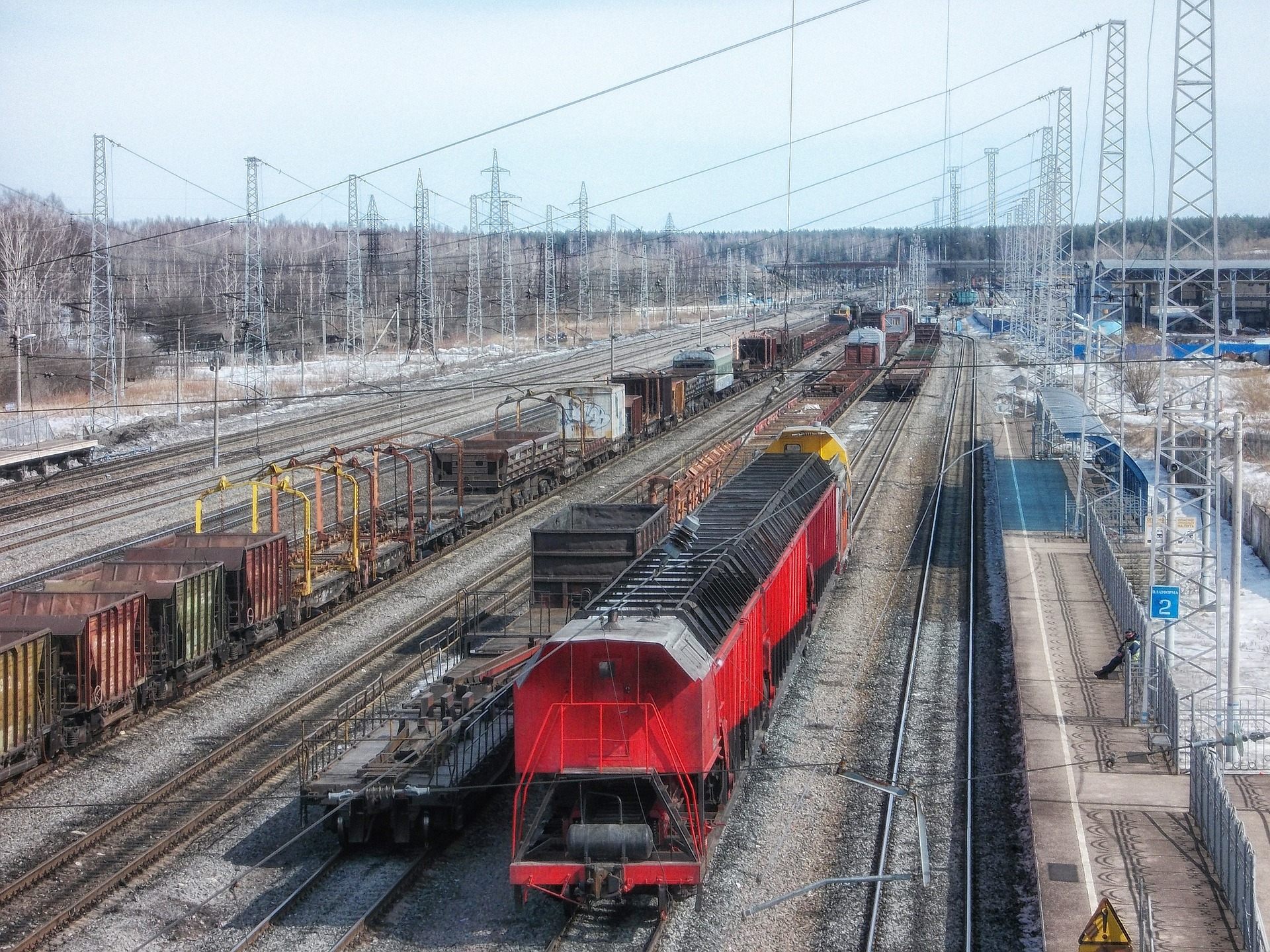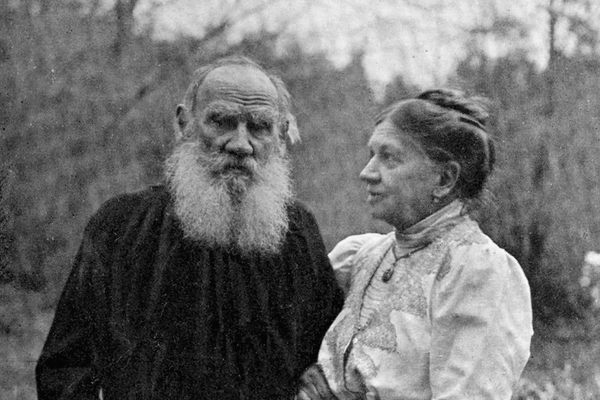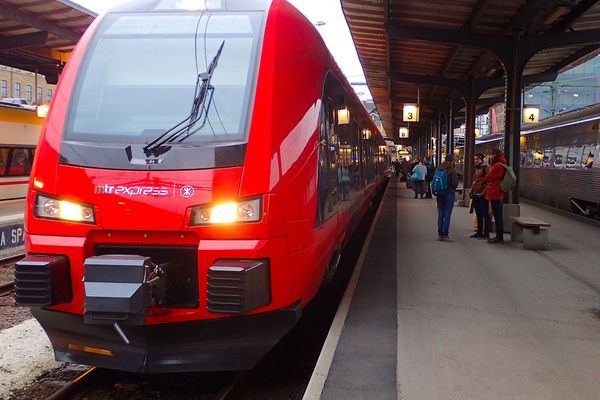The Russian Train Stop That Serves One Schoolgirl
All aboard!

The train from Saint Petersburg to Murmansk runs twice a day, along a 630-mile route that takes 26 hours from end to end. On its way, it passes Poyakanda, a settlement of just a few dozen people in the frozen wilds of the Arctic Circle. There is no train station there but, from time to time, trains will stop and allow railway staff to get on and off.
For many years, 14-year-old Karina Kozlova has joined them on the route to get to the nearest school in Zelenoborsky. Her grandmother, a former nursery school teacher, had been escorting her and other children along the route and back. Now, Kozlova is the only child left in the village and, according to Russia’s Gudok newspaper, the train is introducing a new, official stop near Poyakanda to help her get to school and back, with time to do her homework at the end of the day.
In the past, the family had to schedule their trip to and from school around the schedule of Russian train workers. The journey can take three hours, including a half-mile walk in near-freezing conditions. The morning train leaves at 7:30 a.m. and the return leg gets them home at close to 9 at night. But with the new stop, Kozlova will no longer return home late in the evening.
In 2016, a similar train station on the Japanese island of Hokkaido made headlines when it closed after its sole patron graduated from high school. Kyu-shirataki station had announced its planned closure, but agreed to remain open for an extra year so that Kana Harada could go to and from school each morning and evening. “This station’s presence has become something I have taken for granted,” Harada told Reuters at the time. “I do feel sad to think it will disappear.” It remains to be seen whether, in four years’ time, Poyakanda station will go the same way.








Follow us on Twitter to get the latest on the world's hidden wonders.
Like us on Facebook to get the latest on the world's hidden wonders.
Follow us on Twitter Like us on Facebook